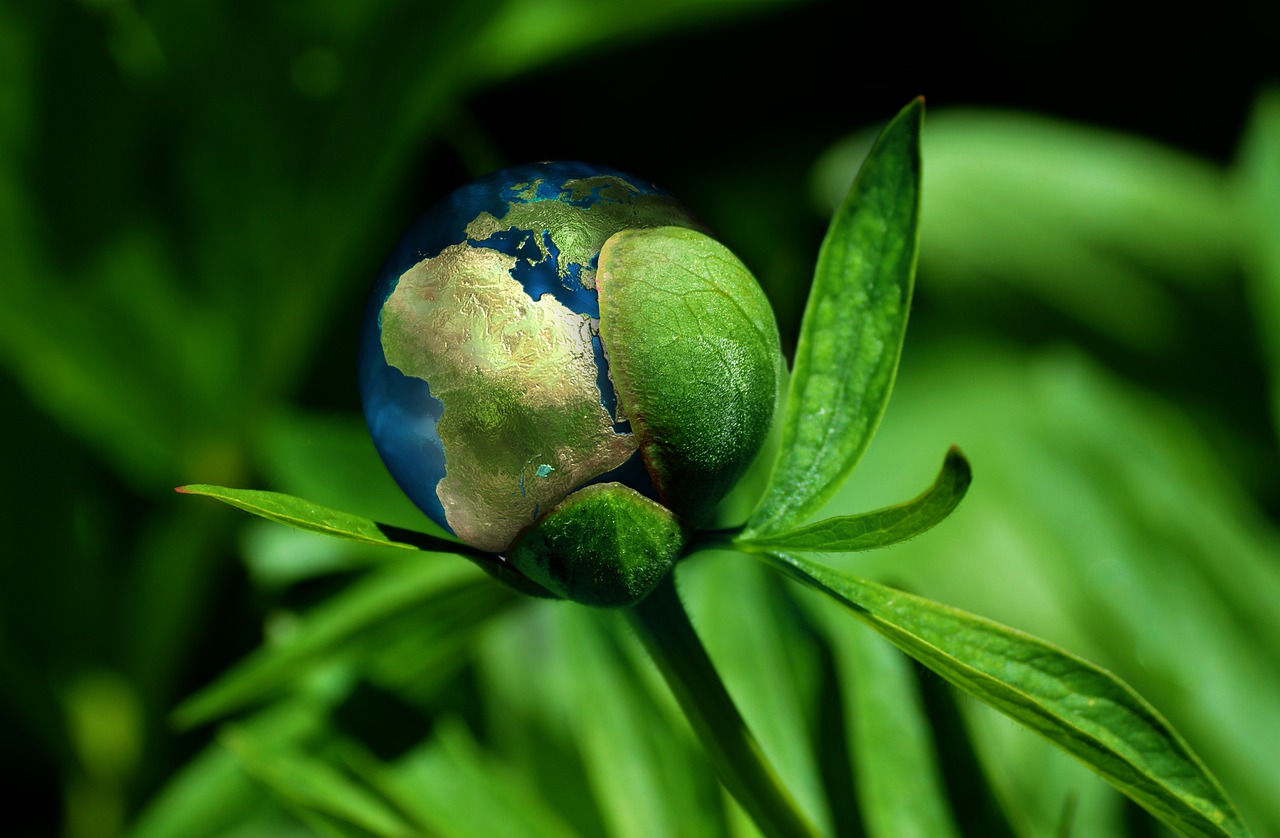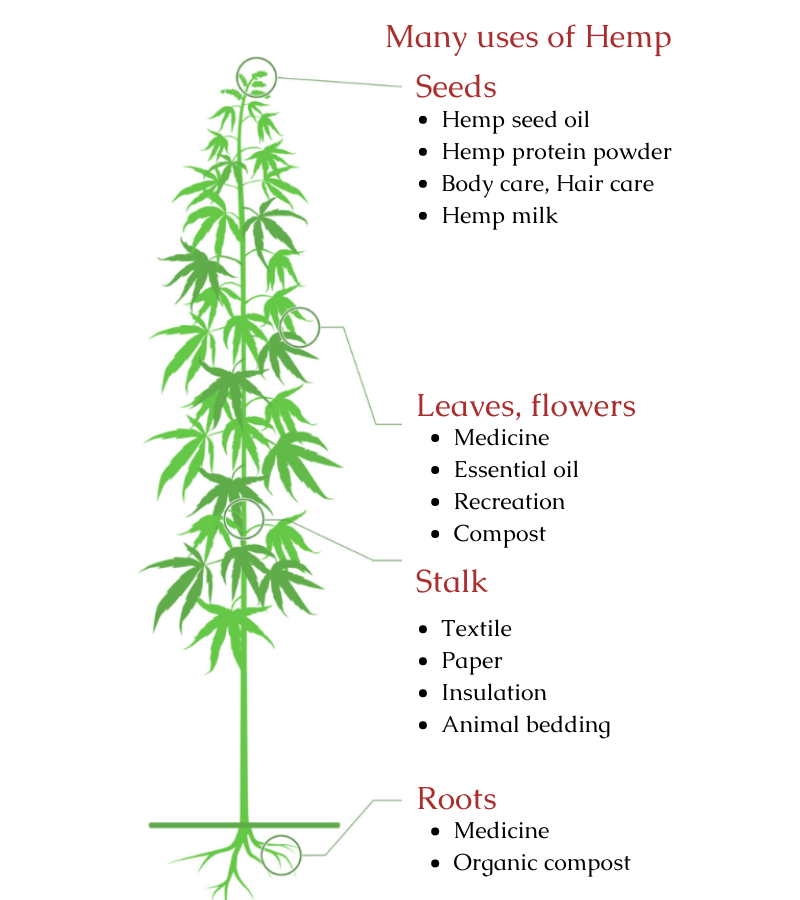Legality and sustainability of Hemp

Is the cannabis family legal?
By nature’s design, Hemp is a multipurpose plant having a host of performance properties. Typically nothing goes to waste during the hemp manufacturing process.

The NDPS Act by the Indian central government realizes that and provides for legality based on the THC and purposes they are used for. As a “special provision”, the NDPS Act states that the government “may allow cultivation of any cannabis plant for industrial purposes only of obtaining fibre or seed or for horticultural purposes”
Under Section 10, the law states that a license for the cultivation of any cannabis plant can be approved by the State Government. Uttarakhand was the first state to permit the commercial cultivation of hemp plants, and later Madhya Pradesh followed. In 2020, India’s first medical cannabis clinic was launched – and soon after, several hemp-based start-ups popped up in different parts of the country
Sustainability:
Hemp is among the fastest growing plants on Earth. It was also one of the first plants to be spun into usable fiber 50,000 years ago.
Organic by nature:
I. Anti fungal:
Studies have shown that the plant repels most insects, fungi and microbes because of THC in the fiber. The 2-4 meter high stalks grow so densely that weeds cannot thrive, mitigating the use of pesticides
II. Anti microbial:
The Cannabinoids and other compounds in the whole hemp plant showed antibacterial effects against a variety of bacteria. The concentrations of bioactive compounds in hemp depend on tissue type, age, variety, growth conditions (nutrition, humidity and light levels), harvest time, and storage conditions. For example, the hemp grown in northern latitudes is reported to have a high content of CBD and THC, resulting in strong antimicrobial activity.
III. Carbon neutral / sequestering:
Studies have shown that the carbon dioxide absorbed by iHemp plants is higher than that absorbed by trees. As per research conducted so far, one hectare of iHemp can absorb 15 tonnes of CO2 per hectare. Hemp’s rapid growth makes it one of the fastest CO2-to-biomass conversion tools available, more efficient than agro-forestry.
IV. Fewer resources:
a. Dependence on rain water and natural climate rather than synthetic fertilizers:
In view of the resource dwindling issue of petroleum-based fibres like acrylic, polyester, nylon, and spandex not being the most environmentally friendly, it’s about time we look for sustainable alternatives like Hemp as a solution to the fast fashion industry.
b. Less land use and farmer friendly:
Hemp is a tall, annual crop with a low labor-intensive production process and can be accomplished in a short cropping period (70–90 days).
Hemp cultivation has become more appealing to farmers because it has a lower chance of crop failure.
Now that we are slowly realising the true potential of Hemp (thanks to various research), it is time that we as consumers make informed decisions on our choices for a sustainable lifestyle.



